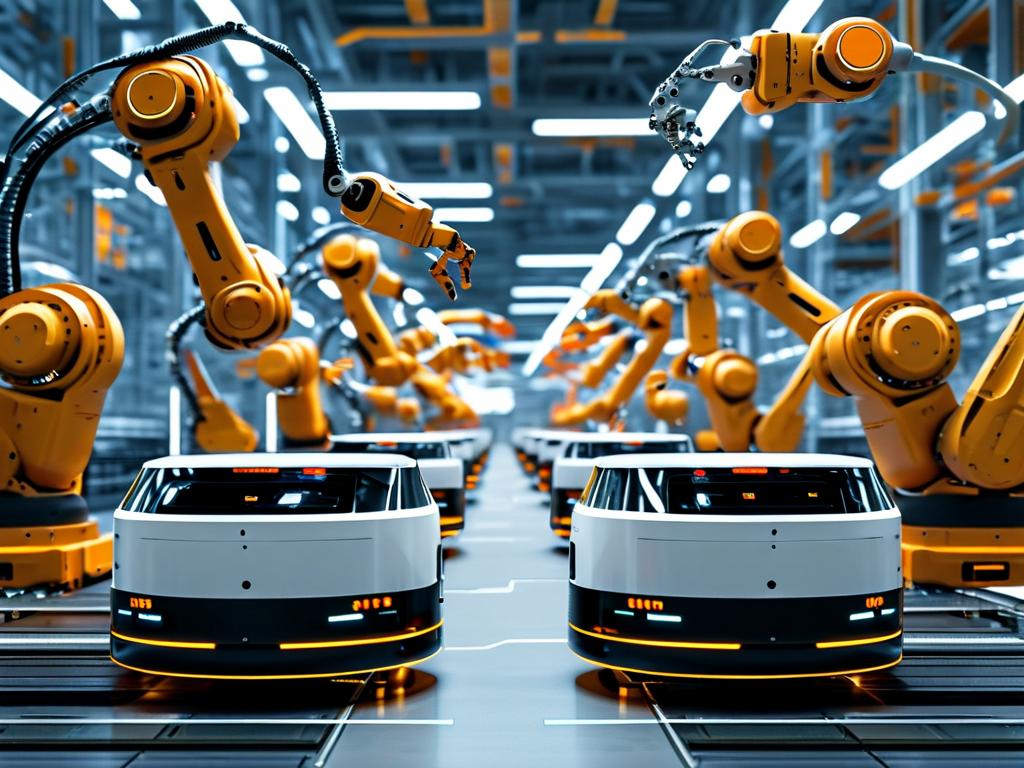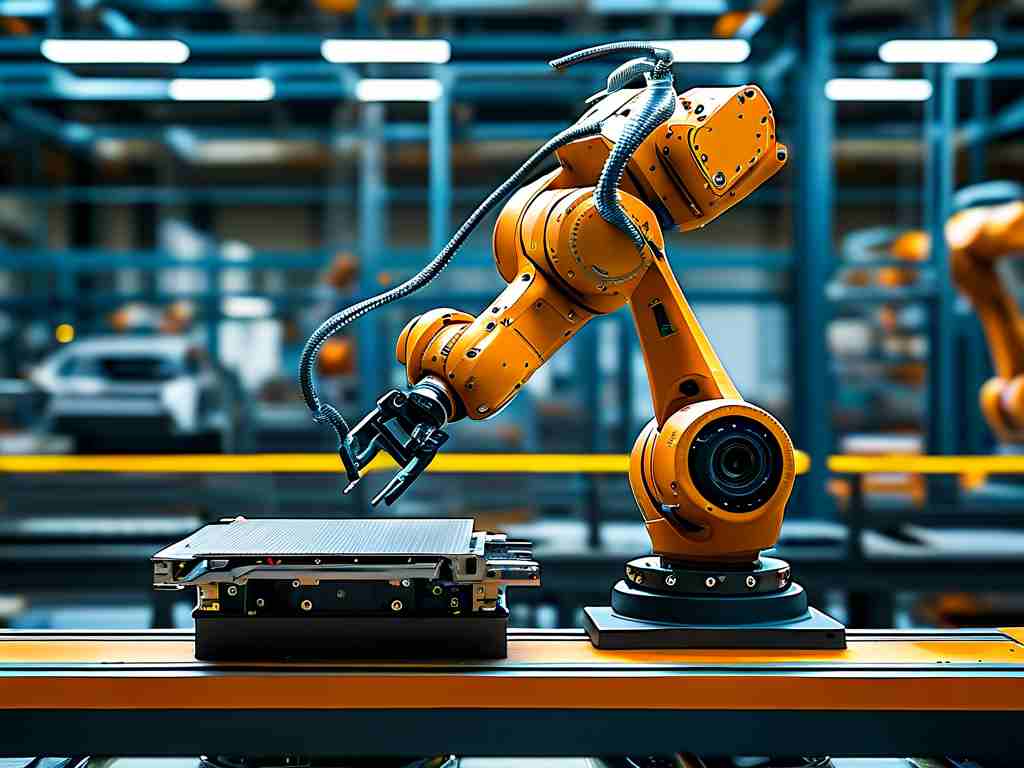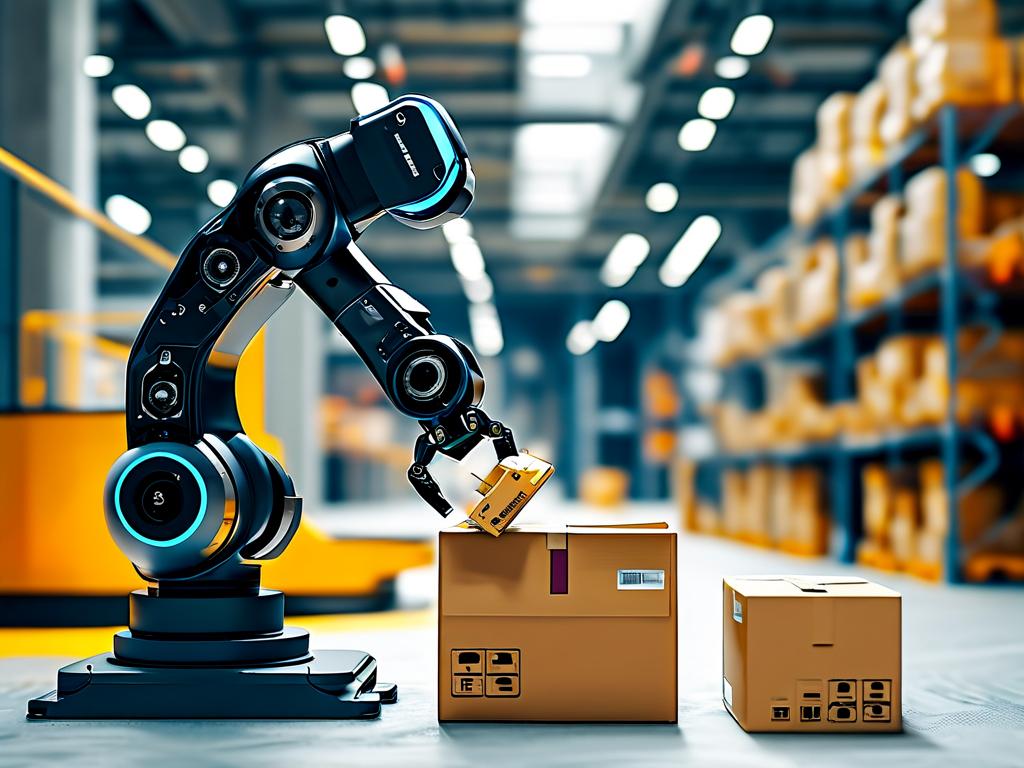Robotic plowing represents a revolutionary leap in modern agriculture, leveraging advanced technologies to automate the labor-intensive task of tilling soil. This innovation integrates principles from robotics, artificial intelligence, and precision farming to enhance efficiency and sustainability. At its core, robotic plowing technology relies on autonomous systems equipped with sensors, navigation tools, and mechanical actuators that mimic human actions while operating with greater consistency and intelligence.

The fundamental principle begins with environmental sensing. Robots use a combination of GPS, LiDAR, and optical sensors to map fields in real-time. These sensors detect soil composition, moisture levels, and obstacles like rocks or roots, creating a detailed digital terrain model. This data feeds into an onboard AI processor, which analyzes conditions and adjusts plowing depth and speed dynamically. For instance, if sensors identify compacted soil in one area, the robot increases plow pressure to break it up, ensuring uniform aeration without human oversight. Navigation is another critical component, employing algorithms for path planning. Unlike traditional tractors, these robots follow optimized routes calculated to minimize fuel consumption and overlap, reducing soil compaction and preserving field health. They achieve this through simultaneous localization and mapping (SLAM) techniques, allowing them to operate autonomously even in changing weather or low-visibility conditions.
Mechanical execution forms the next layer of the principle. Robotic plowers feature articulated arms or specialized attachments, such as rotary tillers or disc plows, driven by electric or hydraulic motors. These components respond to AI commands, executing precise movements based on sensor inputs. For example, when encountering uneven terrain, the system automatically tilts the plow to maintain consistent depth, preventing erosion and promoting seedbed preparation. Energy efficiency is prioritized through regenerative braking and solar-powered options, making operations eco-friendly. Moreover, wireless connectivity enables remote monitoring via cloud platforms, where farmers receive updates and can intervene if anomalies arise, such as a sensor malfunction or unexpected obstacle.
The benefits of this technology are profound. By automating plowing, robots significantly cut labor costs and physical strain for farmers, while boosting productivity—fields can be tilled faster and at optimal times, like after rain for ideal soil conditions. Precision farming reduces resource waste, such as water and fertilizers, by targeting only necessary areas, which combats environmental degradation. Studies show robotic systems can increase crop yields by up to 20% due to minimized soil disturbance and enhanced nutrient distribution. However, challenges persist, including high initial costs, cybersecurity risks, and the need for reliable internet in rural areas. Future advancements may involve swarm robotics, where multiple units collaborate for large-scale operations, or AI that learns from seasonal data to predict soil needs.
In , robotic plowing technology embodies a transformative shift in agriculture, rooted in principles of autonomy, precision, and sustainability. As it evolves, it promises to address global food security by making farming smarter and more resilient, ultimately empowering communities to thrive in an era of climate uncertainty.









